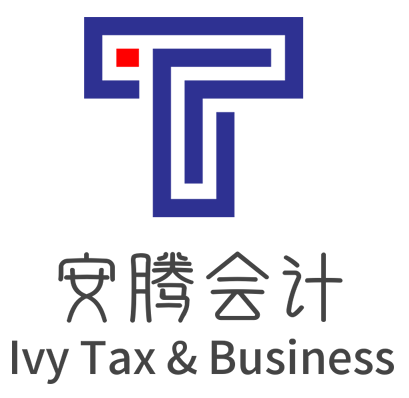电脑薄记
我们提供电脑薄记系统记录您公司产生的每项收支与费用。您只需提供每年12个月的公司银行月结单跟信用卡月结单。我们会提供您准确的做账跟财务报表,比如损益表跟资产负债表。这些报表也能用来您的公司年终报税做准备。
安腾会计,服务有心,税收更轻
免费咨询我们提供电脑薄记系统记录您公司产生的每项收支与费用。您只需提供每年12个月的公司银行月结单跟信用卡月结单。我们会提供您准确的做账跟财务报表,比如损益表跟资产负债表。这些报表也能用来您的公司年终报税做准备。

Subscribe to Our Newsletter
You have successfully joined our subscriber list.
